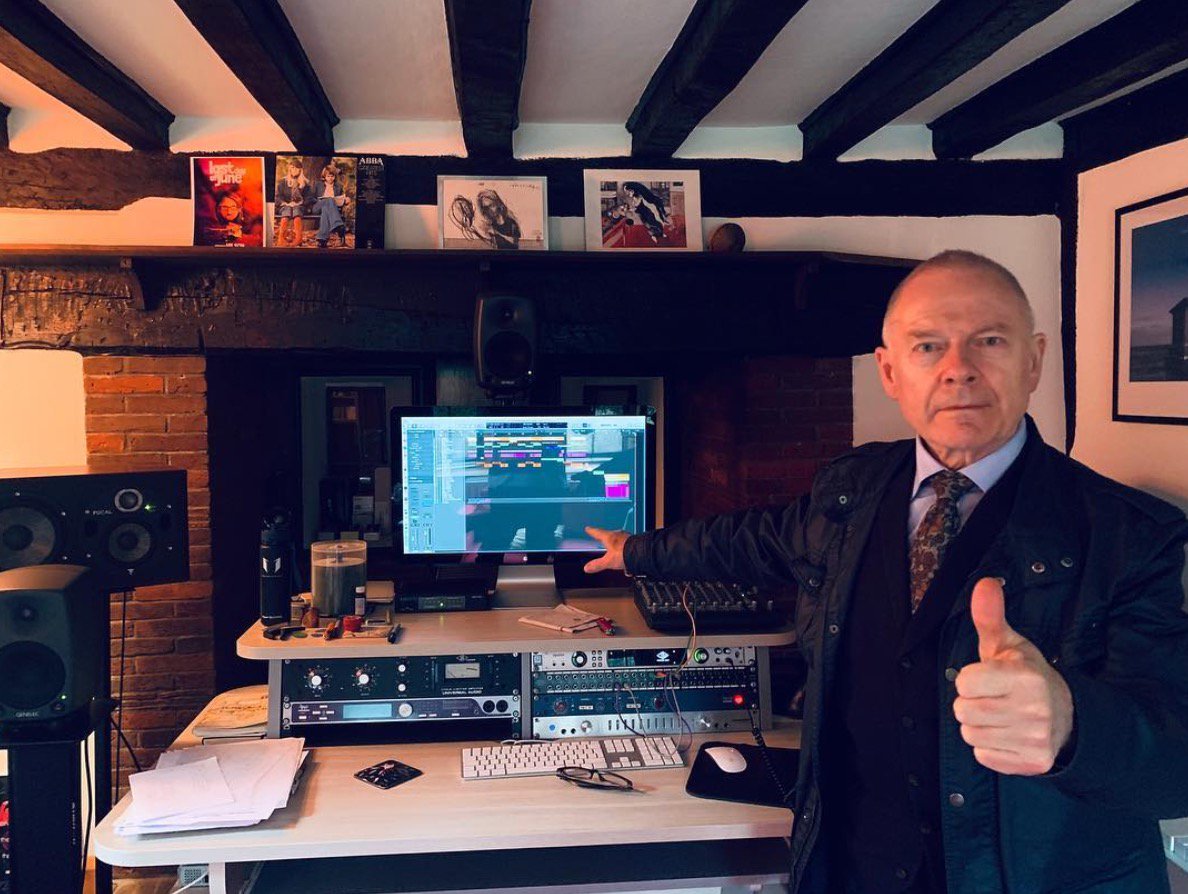For me it would be that lifting can take time. It’s okay to start with light weights and it’s okay that getting bigger will take more than three months. Sure, pushing yourself is good to make progress, but everyone has their limits.
Also, lifting can be for more than just getting bigger. In the beginning I was hyper focussed on getting more muscular and it led to me taking awful homemade protein/caloric shakes which cannot be healthy long term. It took me pretty long to understand that this way of training was not what I wanted. Luckily I now know that I want to focus on strength and stamina and that size comes second.
How about you?
Consistency in when you do it
Do you have any sort of minimum set for yourself?
I run 20 minutes a day and go to the gym every other day. I also work at a coal mine otgerwise id do every day.
What’re coal mines like these days? Has working there improved or is it still the back breaking, coal dust inhaling job it used to be?
Its back breaking but the dust isnt too horrible. You leave coated in dust though
deleted by creator
Not a great example since squat form varies with a person’s anatomy so the way you describe is not necessarily “the proper form” (and to be honest I’m a bit worried by it). Feet position and angle will depend on your anatomy and squat depth will depend on your mobility. Squat university has some good videos for helping out with finding the proper squat form for each individual
deleted by creator
not saying to get advice from the internet, just sharing a readily-available source that’s quite reliable and is consistent with precisely the advice I’ve personally received from professionals IRL
the guy himself is a physical therapist but whatever, be as condescending as you want to be
deleted by creator
always seek out proper form & technique from a reputable source.
I remember time ago downloading (and then losing) a pdf file of Mark Rippetoe’s Starting Strength, thanks to which I discovered that I was being a massive fool by facing my back against the squat rack, for which I had to walk backwards in order to put the bar back on the hooks without being able to see them. Terribly dangerous.
deleted by creator
- Progressive overload goes a lot faster when you’re starting your lifting journey. I used to increase weights once every week or two when I had the ability to increase 2’5 kg every training day. In my first serious attempt at the gym I ended up squatting 50 kg after 3 months when I could have been dealing perfectly with 80 or even more.
- On the other side of the scale: training form is essential before increasing weight. Otherwise you may find yourself with a wrist sprain for the next month (talking from experience here), and that being one of the best scenarios.
- Running shoes are for running, not for lifting weights. If you have nothing else, switch to barefoot when you’re getting on your heaviest sets.
- Half of the work is done in the gym and the other half is done in the kitchen. “Eating well” is not enough: calorie counting and controlling macros (especially protein) is key.
- Lifting belts give you superpowers. I skyrocketed out of a plateau after getting one and I don’t have any other explanation of why.
Lifting belts give you superpowers
it doesn’t. it just removes pressure from your lower back
I skyrocketed out of a plateau after getting one and I don’t have any other explanation of why
see above, you’re using a tool that removes/facilitates the force imposed on your lower back in a given lift and this has the disadvantage of not progressing the strenght on that part of the body at the same rhythm as your other muscles you’re engaging in the lift
honestly if you’re not competing there’s virtually no reason to use a lifting belt, egolifting is a thing and something that everyone lifting recreationally should not engage in
It’s a joke, pal. I know well how it works, otherwise I wouldn’t have bought one.
I will disagree and encourage the use of a belt to those who are lifting a certain amount of weight, especially in squats (if you are lifting as much as you weight) and deadlifts (what you weight multiplied 1’6), if not for the single reason that makes one much more conscious of their posture and I consider it a great form to keep in mind your form through the whole length of the exercise. If you can lift a weight with a belt and go through the whole exercise with proper form, it’s not egolifting.
deleted by creator
I see that they mostly rely on the “plate method”, which is pretty good for the average Joe and Jane (and in fact what we’re told to teach to patients), but like I said: if you are serious about the gym and about weightlifting, eating healthy by general population standards is not going to cut it. As you say, these rations have to be altered, although I would say that “slightly” is a bit of an understatement.
It’s what happened to me when I was a teen and I first joined the gym, running around and doing the whole machine circuit with my friends. I kept wondering why I didn’t feel my body getting any more in shape, and it wasn’t until many years later and when I started counting calories and macros that I discovered that I was only getting around 50g of protein a day: good enough for the average adult but by far not enough for a weightlifter. I go by 160g a day now, which is a lot more.
deleted by creator
I live in an area where people have enough of an overall good diet to be reflected positively in the life expentancy statistics, so it is somewhat more uncommon to see people who eat in an enough of an unhealthy way to have to be taught the plate method. That is why I did not give it as much importance as you may have.
Of course, measuring everything with a pen and a notebook every day would be a self-inflicted torture, which is why almost everyone who counts calories does so with a tracking app such as MyFitnessPal. It’s pretty easy to use since you can get whatever food you are eating just by scanning the barcode in the package (although it also registers generic foods) and you just have to set the weight of your dose. As for the measuring part, I have become accustomed to simply put a scale under the plate as I am serving myself food and take note of how much of every ingredient there is.
Maybe it’s unpopular, but I think people should avoid dangerous lifts like the deadlift and the barbell back squat. There’s so much that can go wrong with those exercises that, I think the cost benefit is too low.
Cardio is a necessity and not an enemy. By doing 20-30 minutes of high intensity cardio, above 150 bpms, you’ll be training your body to use fat as energy fuel and to better use Oxygen. Better use of oxygen also means faster muscle recovery.
I thought diets were binary. Bulk mode or Cut mode. This is wrong, they should be done in a gradual way. Otherwise, they can lead to a lot of fat gain in the beginning of a Bulk and a lot of muscle loss in the beginning of a Cut. Instead, add or decrease 200 calories until your weight doesn’t change anymore.





